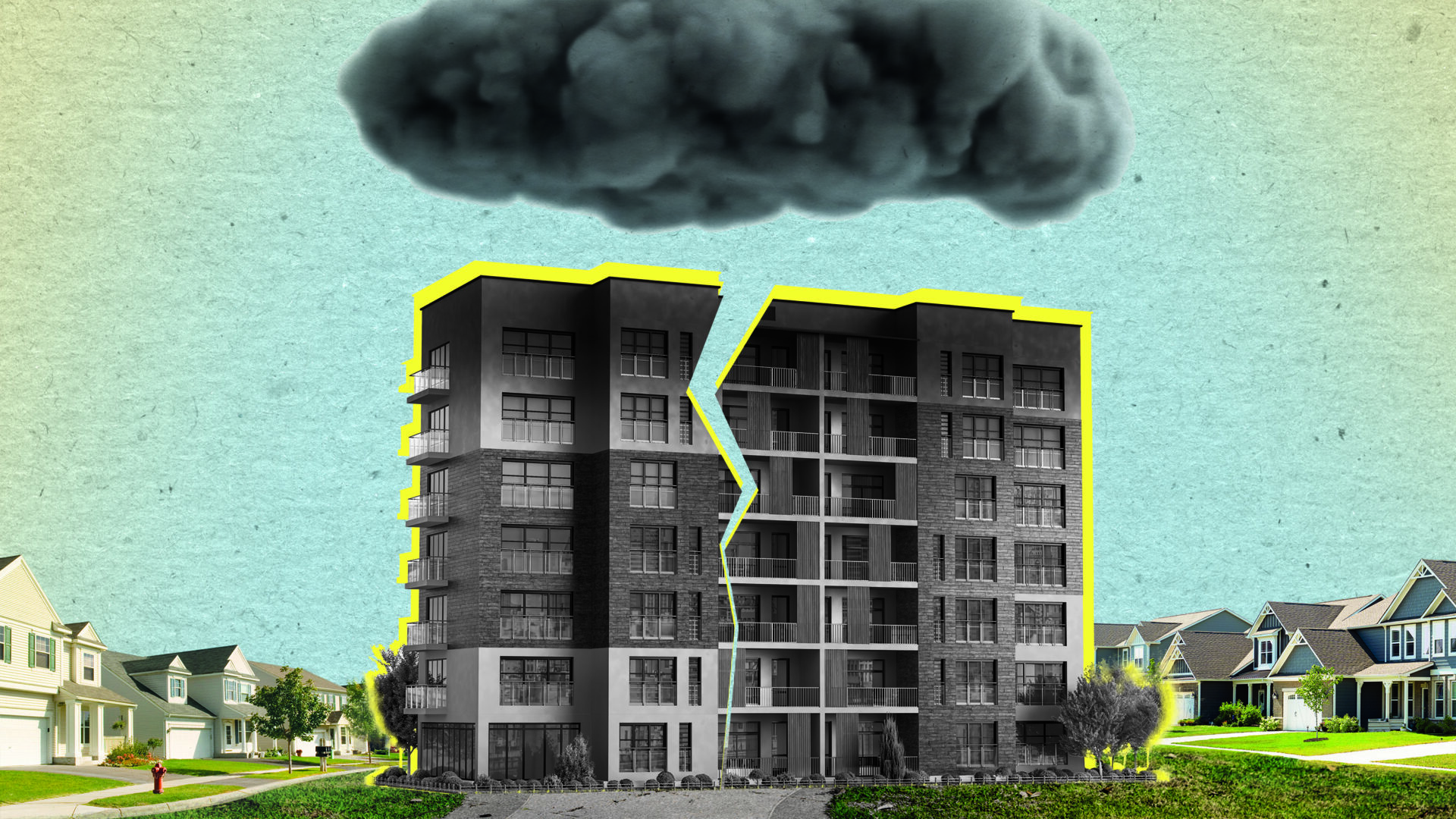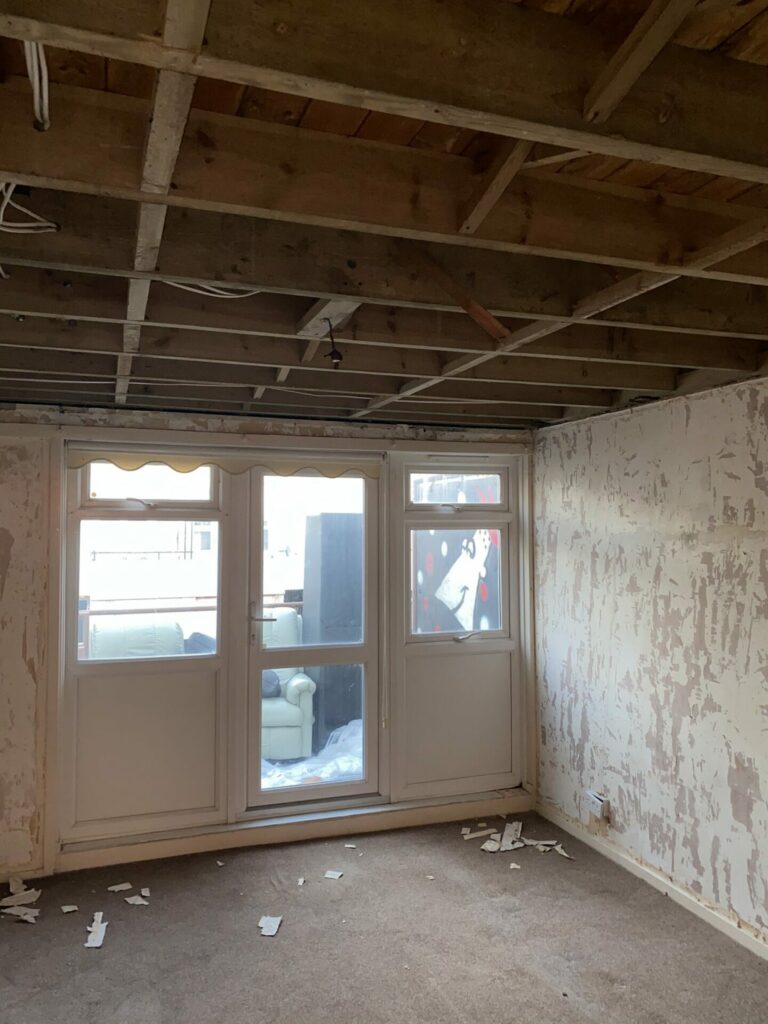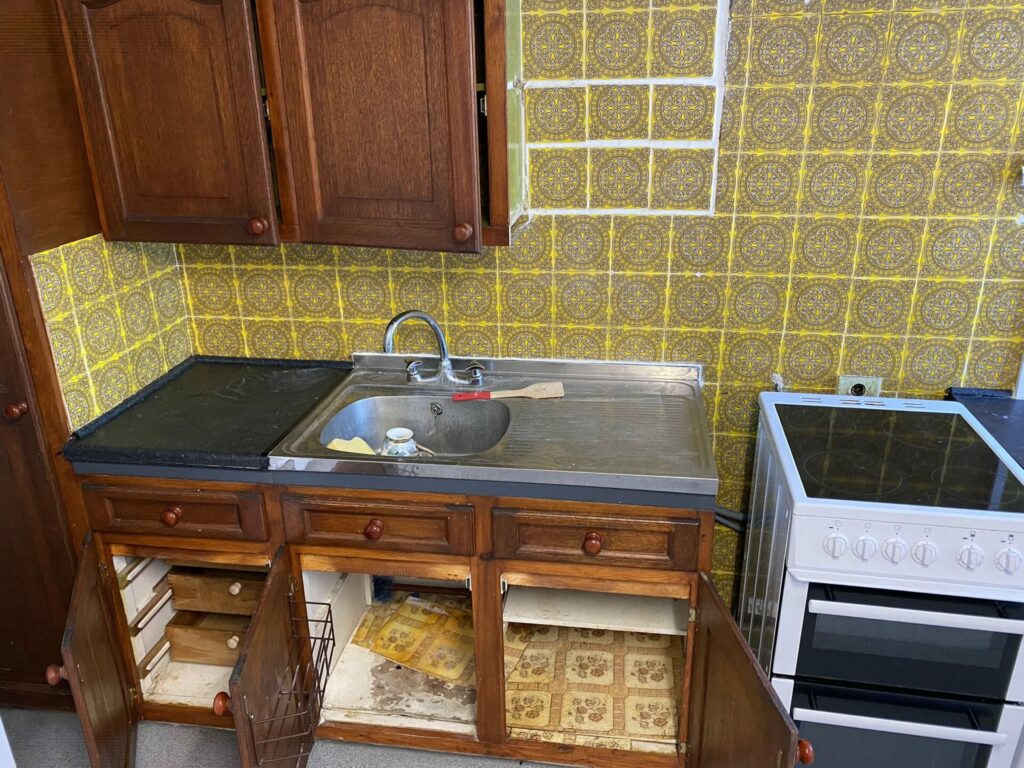Why it’s time to address poor living conditions in the UK’s social housing
Housing campaigner Kwajo Tweneboa on why disrepair and poor living conditions in the UK’s rental and social housing sectors is an issue that can no longer be ignored

Disrepair in the housing sector is a major issue which has been underestimated and ignored for decades, leaving occupants to live in slum conditions. According to YouGov research released last year, 3.2 million (39 per cent) of private tenants say that they have been forced to live in dangerous or unhealthy homes for fear of eviction if they complain, while the government’s English Housing Survey revealed that more than half a million social homes in England fail to meet basic health and safety standards. And things are getting worse. It’s the most serious issue facing tenants in the UK and is a result of the current housing crisis, as well as the lack of significant government policy.
The concept of disrepair is defined as the poor state of a building, home or structure due to neglect. For most of my life it has been something I’ve experienced first-hand. My family and I have lived in social housing for many years. We started out in temporary accommodation, which was quite literally a badly converted car garage. Then, in 2018, we moved into a home not fit for human habitation. Filled with mice, cockroaches, damp and mould, its kitchen was very old, and it had a bathroom which couldn’t be used.
This was the same home where my dad was bed-bound and received medical treatment while battling stage 4 oesophageal cancer. The most distressing part was that we had been complaining to our landlord about the state of our home and they were aware he was terminally sick with cancer. Like many social housing tenants across the country, we were ignored. His voice was never heard, and I was determined that for the sake of my family and millions of others across the UK, that wouldn’t continue. Nobody should have to live in such appalling conditions, let alone those who are suffering from terminal illnesses or those who are vulnerable. Nearly 18 months after my father died in January 2020, in May last year I tweeted photos of our home (see overleaf). This prompted a visit from ITV News to see for themselves. It was only after their report was broadcast in June 2021 that repairs were finally carried out to our home and others on the estate.

As people have learned of my story, over the past year or so, they have reached out to me for help. As a result, I have visited thousands of social tenants living in accommodation that is in a state of disrepair. I now want to help others in the same situation my family was in and to bring about change.
Strong regulation in both the public and private housing sectors has been non-existent for decades. This, coupled with successive governments turning a blind eye to both sectors’ decline over many years, has been the driving force behind the current crisis.
Social housing is run either by not-for-profit housing associations or local councils who provide homes that can be let at a discount. They exist to house those who can’t afford to rent or to buy a property on the open market. They’re often built using funding from the government and rents paid by tenants.
It’s fair to say that maintaining and building more social housing in the UK isn’t and hasn’t been a government priority for generations. Shelter has noted that over a 35-year period after the Second World War, local authorities and housing associations built 4.4 million social homes at an average of more than 126,000 a year. But recent figures from Shelter show that, in England, there are now 1.4 million fewer households in social housing than there were in 1980 and last year, 29,000 social homes were sold or demolished, with less than 7,000 built — leaving us in a deficit. Nowhere near enough for the 1.1 million people on the waiting list for this kind of housing. This consistent lack of focus and investment in social housing has resulted in tenants being on the receiving end, often living in properties not fit for human habitation while still being expected to pay rent to live in them.
In 2017, one of the worst incidents in housing history occurred: the Grenfell disaster. Immediately afterwards, Grenfell tenants and relatives of the dead said that their concerns about the building’s safety had been ignored. Yet the change in social housing that was meant to take place as a result did not happen.
In February this year, ITV News revealed shocking findings after looking into sub-standard social housing. Michael Gove, the then Housing Secretary, said in response: “One of the things that everyone pledged to do [after Grenfell] was to make sure that people in social housing had their voices heard, and we haven’t done that effectively.”

ITV’s report backs up what tenants I have spoken to say time and time again: that they are ignored at multiple levels when they complain, something I too experienced. Recently, a housing association tenant who had been complaining for seven years about damp and mould, as well as living with mice for around 10 years, told me their complaints have been ignored and never dealt with. Their hallway ceiling had collapsed on the day I arrived, and when they phoned their provider to notify them, they were told they had no records of any complaints from the family, leaving them in complete despair.
Lessons were supposed to be learned from the Grenfell disaster, but from what I’ve seen the situation is just as bad now as it was five years ago.
I have often argued that housing, healthcare and education are the three pillars that are essential for everyone in society. According to American psychologist Abraham Maslow’s hierarchy of needs (1943), housing and shelter is a fundamental essential we require in order to reach our full potential. Those without are put at a disadvantage compared to those with safe and stable homes.
Children living in squalid accommodation and their education needs are often the overlooked victims of the housing crisis. It is believed disrepair is an even bigger issue in the private sector. According to Shelter, there are 1.7 million children in owner-occupied homes who are living in bad housing, while approximately 845,000 children in the private rental sector are having to put up with sub-standard accommodation. With even less regulation and no housing ombudsman, tenants living in disrepair often fend for themselves and are in some cases fearful to raise concerns in case they lose the roof over their heads altogether, as outlined at the beginning of this article.

I recently visited a private tenant who reached out for my help via social media whose home had been flooded for days with raw sewage from the block of flats where he lives after it erupted through his toilet and shower. It destroyed his belongings and even his bedroom. He wasn’t compensated for his property, and when the landlord did decide to respond after my visit, the tenant was asked to pack what was left of his belongings and move out so that the flat could be left empty instead of being repaired.
The housing crisis, and disrepair in particular, seems to be only exacerbated by the growing cost-of-living crisis, which is disproportionately affecting poorer households, leaving many struggling to pay their bills let alone rent. With benefits failing to rise with inflation, it’s those who are worse off who are being hit the hardest. For some, it’s impossible to make their finances stretch. Government figures have revealed that as the cost-of-living crisis has developed, 3,405 households in the private rented sector were evicted by bailiffs in England between April and June 2022 — up 39 per cent on the previous quarter. Over the past few months, I have not just been asked for support with disrepair, but also for financial advice and support for tenants who are struggling with the economic turmoil.
Housing providers have stated that they too are feeling the pinch. Ultimately, the effects will be passed down to tenants who are already struggling. At the end of August this year, the government began a six-week consultation on a plan to introduce a one-year social housing rent cap from 1 April 2023 to 31 March 2024 to ease the impact of the crisis on the most vulnerable tenants. But social housing providers have said the proposed cap would mean tens of billions of pounds less would then be invested in social housing stock at a time of rising public concern about safety and living standards on some estates.
The National Housing Federation commented, “We are very concerned that a new cap on social housing rent increases will significantly impact on housing providers’ ability to provide critical services for residents and invest in new and existing homes.” With this crisis set to continue for many months if not years, the downward trajectory of the housing crisis will see conditions in homes worsen and the lives of millions become a lot more difficult.
With worrying concerns being voiced by providers regarding their inability to guarantee future support for tenants when it comes to repairs and safety, and more than five years on since Grenfell, the public is looking to future political leaders for answers and solutions to a crisis affecting millions across the country. The year continues and my social media notifications are increasing, with desperate tenants across the country needing my help with housing. As despair and worry grows, tenants will now be asking questions of potential future governments and demanding systemic change once and for all.
